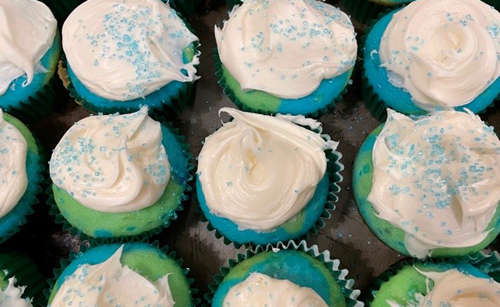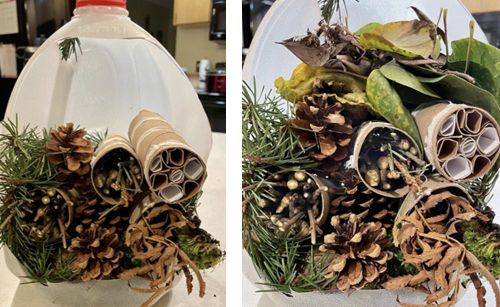Instructions
Ready to get started with this activity? To keep track of your progress, check off the instructions for each step below as they are completed. Make sure to check the box of the last step when you’re done to receive congratulations for your completed activity!
Consider this:
Benthic macroinvertebrates, or “macros,” are a great tool for scientists and researchers to get some insight on the health of the stream where they live. Different types of macros respond differently to changes in their habitat. These changes could be anything from pollution, temperature spikes, oxygen changes, and a variety of other environmental factors. These macros are especially important to see if there is pollution in a stream that is perhaps putting people and other animals at risk! Scientists and researchers can identify macros in a stream and understand how well a stream is doing based on which ones live there.
By knowing the different types of macros, you can also analyze stream health! Want to put on your citizen scientist hat and check the health of a stream near you? First, you’ll need a few supplies before you head out and hit the banks.
- Plastic Spoon or pipette
- Ice tray
- Big plastic bowl
- Paper
- Pencil
- Net
- Magnifying glass (optional)
- Gloves (optional)
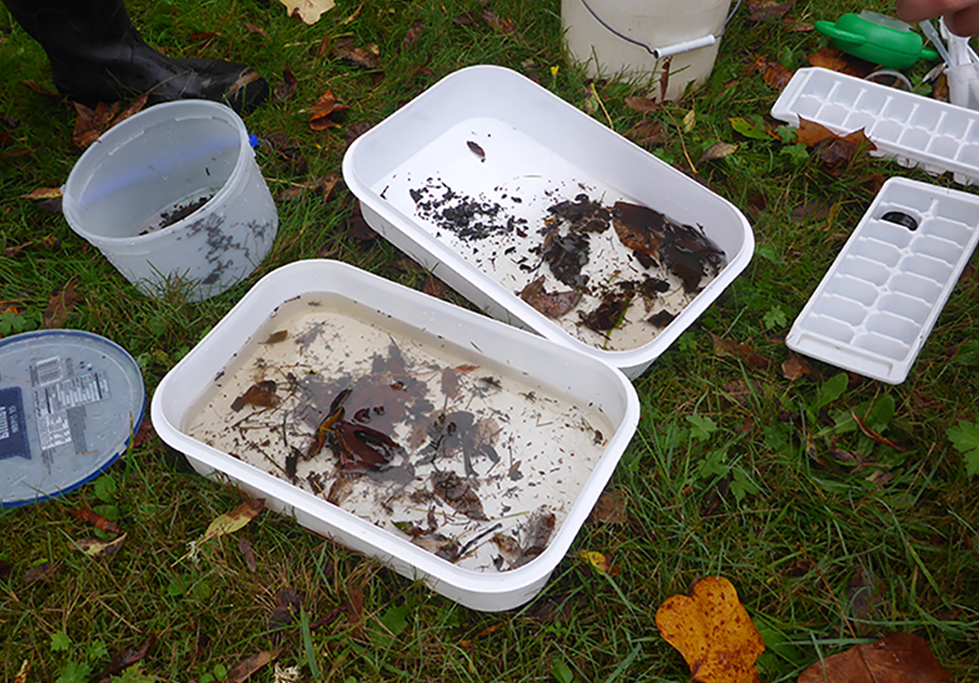
Gather your supplies and put some pond water in your bowl.
Scoop your net along the bottom of the body of water.
Empty what macros you find into your bucket, but keep looking! Now that you’ve stirred up the water, more will be uncovered to scoop up. These macros are experts at hide and seek so they’ll be trying to avoid your net.
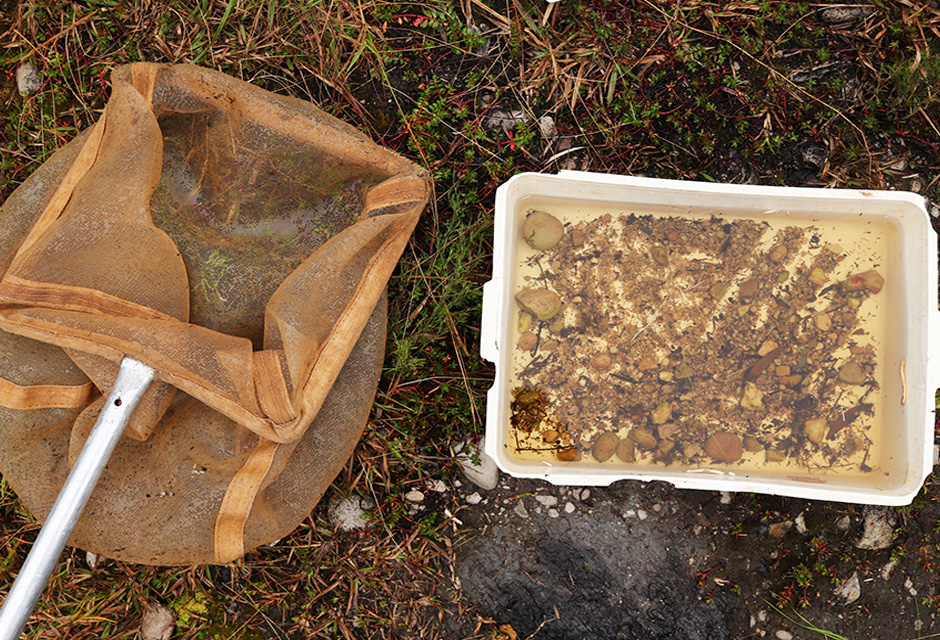
- Scoop the little macros up with a spoon or pipette and separate your macros into the different sections of the ice tray.
- Look at all your macros and list or draw out what you see on your piece of paper.
- Knowing what you do about macros, try to identify them! Use a dichotomus key to go down the list and figure out what species they are!
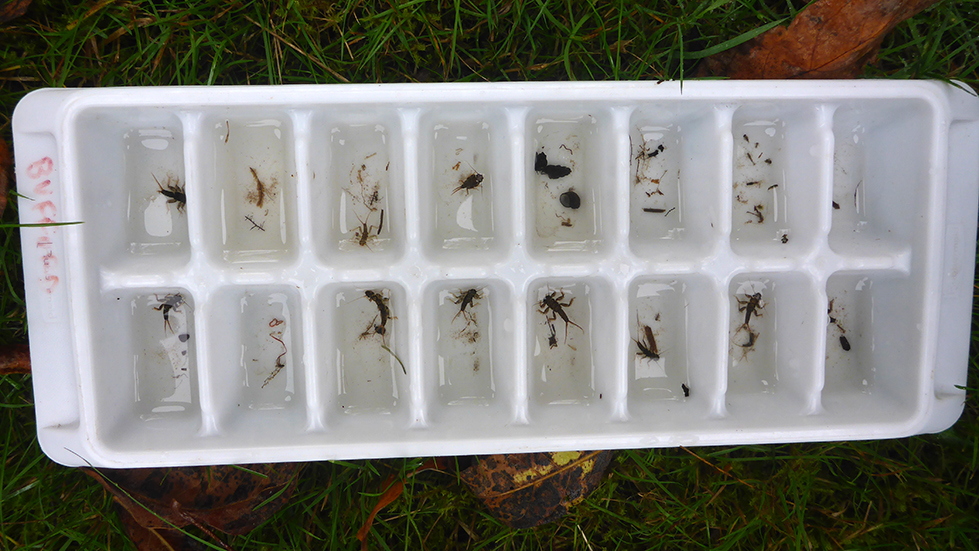
- Take a picture and upload to iNaturalist to share the health of your local streams with researchers and scientists!
- Release your macros back into the stream for them to continue happily living in their ecosystems.
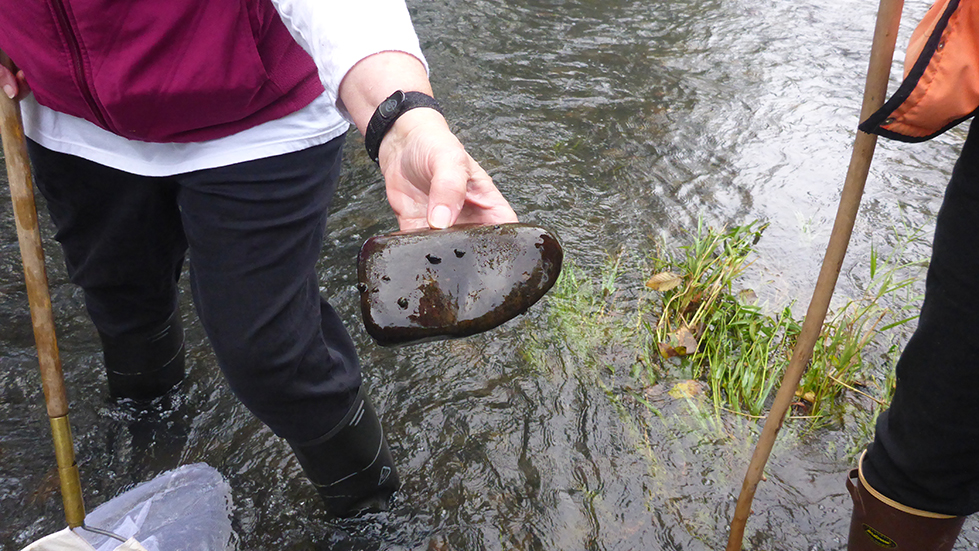
- What macros have I found?
- Which species are the most tolerant to pollution?
- Are some macros more important than others?



